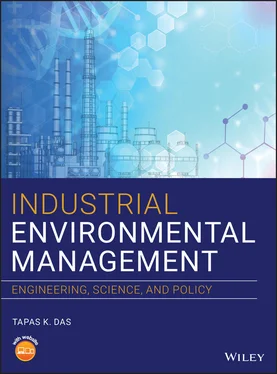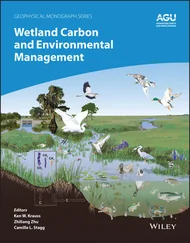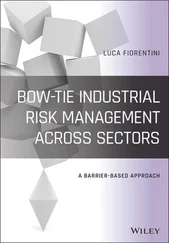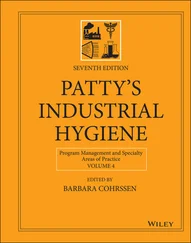1 ...6 7 8 10 11 12 ...47 Recycle: Many manufacturing facilities, especially chemical plants, have internal recycle streams that are considered part of the process. In addition, however, it is necessary to recycle externally such materials as polyester film and bottles, Tyvek envelopes, paper, and spent solvents.
Recover energy value in waste: As a last resort, spent organic liquids, gaseous streams containing volatile organic compounds (VOCs), and hydrogen gas can be burned for their fuel value. Often the value of energy and resources required to make the original compounds is much greater than that which can be recovered by burning the waste streams for their fuel value (also see Appendix G).
Treat for discharge: Before any waste stream is discharged to the environment, measures should be taken to lower its toxicity, turbidity, global warming potential, pathogen content, and so on. Examples include, but not limited to, biological wastewater treatment, carbon adsorption, filtration, and chemical oxidation.
Safe disposal: Render waste streams completely harmless so that they do not adversely impact the environment. In this book, we define this as total conversion of waste constituents to carbon dioxide, water, and nontoxic minerals. An example would be posttreatment of a wastewater treatment plant effluent in a private wetland. So‐called secure landfills do not fall within this category unless the waste is totally encapsulated in granite.
1.4.1 Resource Efficiency
Resource efficiency reflects the understanding that current, global, economic growth, and development cannot be sustained with the current manufacturing, production, and consumption patterns. Globally, we are extracting more resources to produce goods than the planet can replenish. Resource efficiency is the reduction of the environmental impact from the production and consumption of these goods, from final raw material extraction to last use and disposal. This process of resource efficiency can address sustainability (see Chapter 10).
In this book, we will focus on the upper three options of the industrial pollution prevention hierarchy; that is, recovering the energy value in waste, treating for discharge, and arranging for safe disposal. To improve this bottom line, however, businesses should address the upper three tiers first: that is minimize generation, minimize introduction, and segregate and reuse. This is where the real opportunity exists for reducing the volume of wastes to be treated. The volume of the waste stream, in turn, has a strong influence on treatment cost and applicability. Thus, useful technologies such as membrane processes in highly flexible separation techniques for water, solvent and solute recovery, or condensation of VOCs from air are not economic at large volumetric flow rates. The focus has shifted from end‐of‐the‐pipe solutions to more fundamental structural changes in industrial manufacturing processes.
No defect and zero effect , or something very close to it, is the ultimate goal of P3, while the processes themselves are the tools and pathways to achieve it. Thus, industries were to be reorganized into “clusters” in which the wastes or by‐products of each industrial process' were fully matched with others industries' input requirements; the integrated process would produce only clean product, perfectly matching with given specifications, while no waste of any kind. As described in Chapter 8 Section 1.5, this solution is being applied in scattered areas throughout the world, from modern industrial nations such as Sweden to developing countries such as Bangladesh.
Traditionally, pollution control technology processed a “waste” until it was benign enough for discharge into the environment. This was achieved through dilution, destruction, separation, or concentration. Within the ZDZE paradigm, many of these processes will still be applied, but as mentioned earlier, the goal will be resource extraction, refining, or commodity production, not simply removal of waste from the premises. Engineering firms will need to develop conversion technologies that create “designer wastes” to meet input specifications of other industries.
1.6 Zero Discharge Industries
While there are several practical definitions of zero effect or zero discharge (ZD) manufacturing, a ZD system is most commonly understood to be one that discharges no waste from a processing and manufacturing site. In such a manufacturing facility (see Figure 1.2) an absolute minimum amount of waste, “ideally zero,” is generated and leaves the plant. The only inputs to the facility are the raw materials needed to make salable products and energy. The only outputs are salable products and any by‐products as feedstocks to another plant. The wastes (in air, water, or as solid) or by‐products generated during manufacturing process are recovered using various technologies (Das 2005).
The materials and energy recovered from waste streams either are reused in the plant or are sold to another plant as feedstock. It is in practice, as well as in theory, possible to isolate some industrial facilities almost completely from the environment by recycling all wastes into materials that can then be manufactured into consumer products. An example of such a facility is a coal‐fired power plant. An electron beam–ammonia conversion unit adds ammonia to the effluent gases, which it then irradiates electronically, producing ammonium nitrate and ammonium sulfate that are sold as feedstock to fertilizer manufacturing. The details are given in Section 9.2.3.
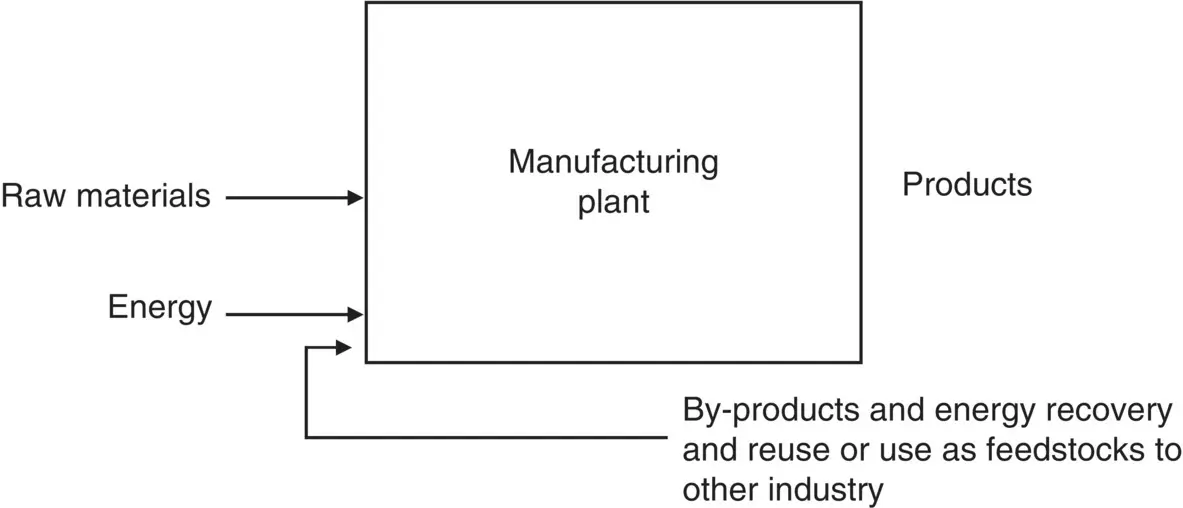
Figure 1.2 “Zero” waste manufacturing facility.
The concept of Zero Emissions was inspired by the business programs of zero defects (total quality management), zero inventory (just‐in‐time), and zero accidents ( workplace safety ), and while its driver is improved business performance, the environmental benefits are also significant.
The basic premise of Zero Emissions is converting wastes from one industry to the material input of another industry. The application and development of Zero Emissions systems will be the purview of industry, specifically manufacturers and consulting engineering firms. To a degree, the move toward Zero Emissions is already happening with pollution prevention, waste minimization, and design for the environment. While these systems require further improvement, industries employing them have seen the benefits already.
But it is important to understand that some manufacturing processes inherently produce wastes, even after all reasonable efforts at pollution prevention. Thus, in some cases the use of a conversion technology may be more appropriate than a program of pollution prevention: many industrial wastes can be processed to render them viable as material inputs to another industry or to part of an industrial cluster of several connected industries.
1.7 Sustainability, Industrial Ecology, and Zero Discharge (Emissions)
The concept of Zero Discharge or Zero Emissions is the key to sustainable development but is by itself a subset of industrial ecology (also see Section 9.2) (see Figure 1.3).
Sustainability can be defined as follows: “Sustainable development” is the challenge of meeting human needs for natural resources, industrial products, energy, food, transportation, shelter, and effective waste management while conserving and protecting environmental quality and the natural resource base essential for future development; and “the development that meets the needs of the present without compromising the ability of future generations to meet their own needs” (World Commission on Environment and Development 1987). Sustainability is a worthy vision, but inherently ambiguous, and inescapably expressed in value‐laden terms subject to differing ideological interpretations. Accordingly, while the concept provides a useful direction, it is almost impossible to put into operation. Standing alone, it can guide neither technology development nor policy formulation.
Читать дальше
